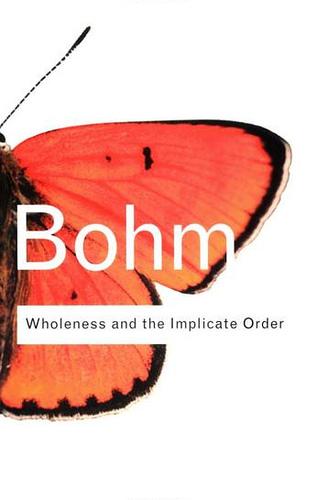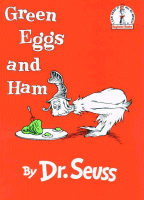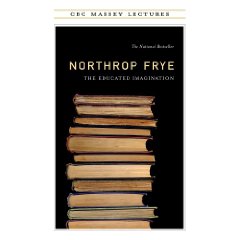
I continue to read Bob Denham’s book, Northrop Frye: Religious Visionary and am very much in the mood to blog on it as I go.
Bob early on makes a case for Frye’s later use of the Buddhist term “interpenetration“, while citing the modern scientific adaptation of it by Alfred Whitehead, David Bohm, Karl Pribram, and Geoffrey Chew, among others:
The idea that two things are the same thing (as in metaphor) is for Frye better captured by the word “interpenetration” than by the word “identity”; for interpenetration, whether unity or variety, wholes or parts, totality and particularity, self and other, human and divine, suggests more strongly than does identity that each half of the dialectic retains its own distinctiveness while each is also present in the other. This idea of preservation is contained within the process of the Hegelian Aufhebung. Unity, as Frye is fond of insisting, does not mean uniformity. Moreover, interpenetration is a more dynamic concept than identity, the former implying a free flow back and forth between, in Coleridge’s phrase, the “two forces of one power.” Each of the philosophical speculations on interpenetration suggests that once we get beyond the assumptions of Cartesian coordinates and Aristotelian causality, the idea that “everything is everywhere at once” is not so inexplicable a paradox as it initially might seem. (45)
Bob seems to be alluding to the often repeated complaint that Frye’s criticism is static, a catalogue of normative “universal forms.” It hardly seems to matter to those who regard it this way that Frye always insisted that his analogy of structure from architecture is only one half of the metaphor: that form in literature implies movement, and movement process, and that the archetypal critic of his Anatomy period must keep both of these considerations in mind.
I am one of those who continue to use the default Anatomy-era term “identity” when discussing Frye’s notion of metaphor. As Bob makes clear, however, the term may have been adequate when it first emerged in Frye’s published writing, but, once misread by those most inclined to misread it, Frye later substituted the more dynamic metaphor to express what he wants to say about the dialectical nature of metaphor as an ongoing process of identity. As Bob also makes clear, “interpenetration” turns up early in Frye’s notebooks decades before it appears in his writing. That perhaps is the most remarkable thing about the notebooks: they are a repository of prophetic knowledge where Frye works out notions that he may not bring into play in his published work until they are required, sometimes many years later.



